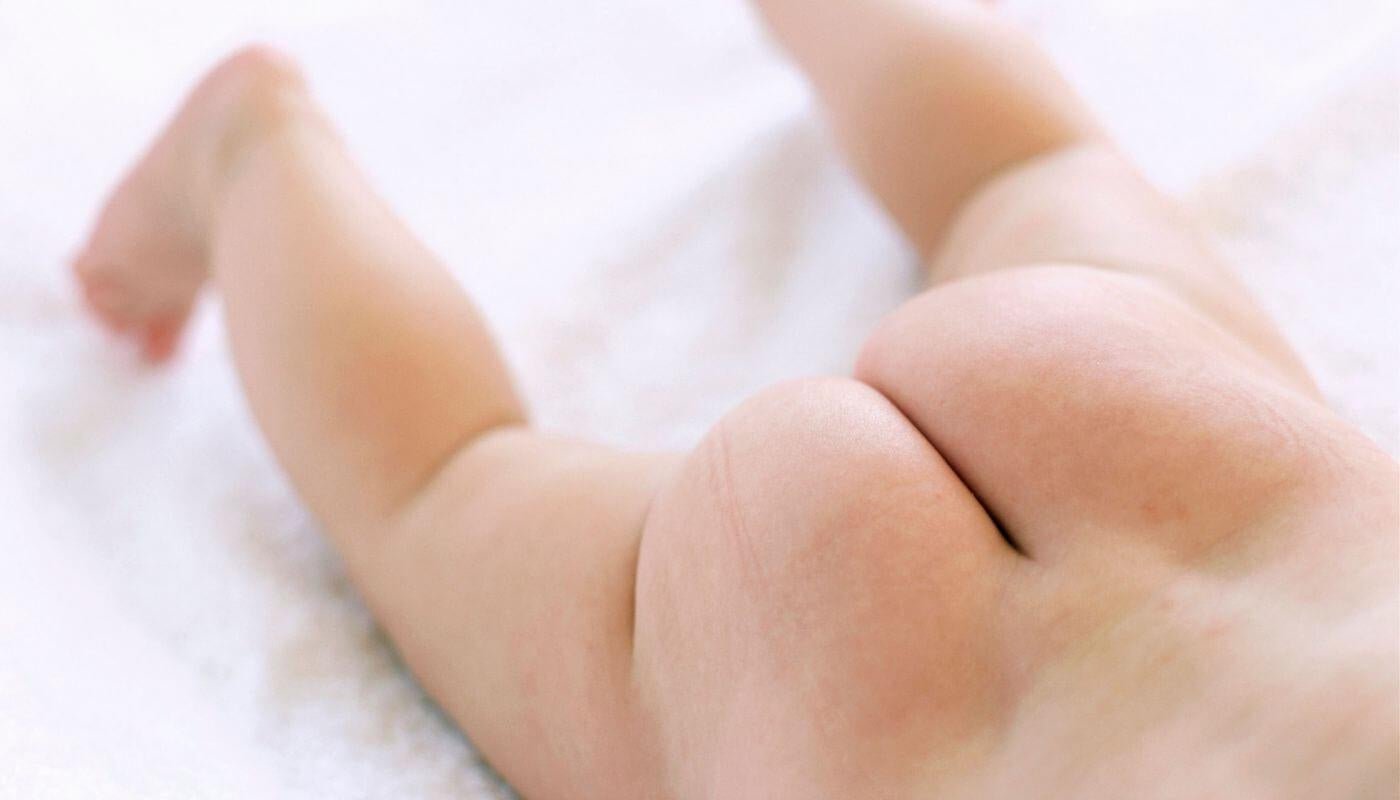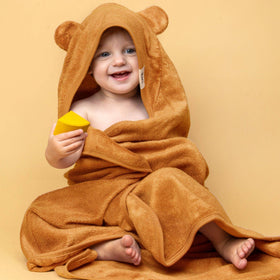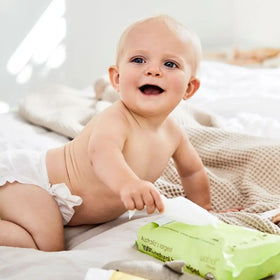
The Complete Beginner's Guide to Nappy Rash
Nappy rash (also called diaper rash or diaper dermatitis) is a red, sore irritation that appears on a baby’s nappy area. It’s very common—almost all babies will experience it at some point. While not dangerous, nappy rash can cause discomfort for your baby and stress for you. Luckily, there are simple steps you can take to treat and prevent nappy rash.
What Does Nappy Rash Look Like?
Nappy rash usually shows up as red, inflamed skin on your baby's bottom, thighs, or genitals. The affected area may look shiny, bumpy, or have small spots. If left untreated, nappy rash can lead to blisters or open sores.
If your baby seems extra uncomfortable, has a fever, or the rash spreads outside the nappy area, check with your doctor.
What Causes Nappy Rash?
Nappy rash can happen for many reasons. Here are the most common causes:
1. Irritating Wipes or Products
Wipes and creams with harsh chemicals, alcohol, or fragrances can irritate your baby's skin. Even “sensitive” wipes can sometimes cause problems. Look for natural, fragrance-free options. Here’s a handy Best Natural Baby Wipes Cheat Sheet to help you choose.
2. Contact With Pee and Poo
When a nappy is left on too long, moisture builds up and the skin can't breathe. Prolonged contact with urine or poo causes irritation. Change your baby’s nappy often—especially after bowel movements and every 2 to 3 hours for newborns.
3. Friction
A nappy that’s too tight or rubs against the skin can lead to chafing and redness. If you see marks when you remove the nappy, try loosening it, switching to a bigger size, or changing brands.
4. Antibiotics or Diarrhoea
If your baby is taking antibiotics, or has recently had diarrhoea, nappy rash is more likely. These can upset the balance of good bacteria in the gut or make stools more acidic.
5. Allergies
Some babies react to detergents, nappy materials, or baby lotions. If you’re using cloth nappies, wash them with an unscented, natural detergent. Choose disposable nappies free from lotions, perfumes, and toxic chemicals. To find safe nappies, check our Safer Disposable Nappy Cheat Sheet.
6. New Foods
Introducing new foods, especially acidic fruits, can change what’s in your baby’s poo and trigger a rash. Introduce new foods slowly and watch for any signs of irritation.
How to Treat Nappy Rash
-
Keep the Area Clean and Dry: Change nappies promptly, especially after soiling. Clean using warm water and a soft cloth or gentle wipes. Pat the skin dry—don’t rub.
-
Choose a Safe, Soothing Nappy Cream: Barrier creams with zinc can protect and heal the area. Look for options with natural, organic ingredients like calendula or chamomile. For recommendations, see our Natural Nappy Rash Cream Cheat Sheet.
-
Give Your Baby Nappy Free Time: Air helps heal irritated skin. Let your baby play without a nappy when you can, placing a towel or absorbent pad underneath.
-
Avoid Irritants: Skip baby powders, harsh soaps, and fragranced products.
-
Use Lukewarm Baths: Bathing in lukewarm water can soothe the skin and keep the area clean.
-
Dress in Loose Clothing: Allow air to reach the skin and avoid heat buildup.
How to Prevent Nappy Rash
- Change nappies often, including overnight if needed.
- Gently clean and dry skin with each nappy change.
- Use gentle, safe baby wipes and creams.
- Let your baby’s skin breathe between nappy changes.
- Choose nappies free of fragrances, dyes, and lotions.
- Introduce new foods slowly and monitor for reactions.
When to See a Doctor
Call your doctor if:
- The rash doesn’t improve in a few days.
- Blisters, pus, or open sores develop.
- Your baby has a fever or seems unwell.
- The rash spreads beyond the nappy area.
Severe or persistent nappy rash may require medical treatment or prescription cream.
Useful Resources
- Best Natural Baby Wipes Cheat Sheet
- Safer Disposable Nappy Cheat Sheet
- Natural Nappy Rash Cream Cheat Sheet
- More Baby Health Tips
Summary: Nappy rash is common, but gentle care, frequent changes, and safe products can help your baby stay comfortable and rash-free. For more help choosing safe baby products, visit our cheat sheets and reviews.










